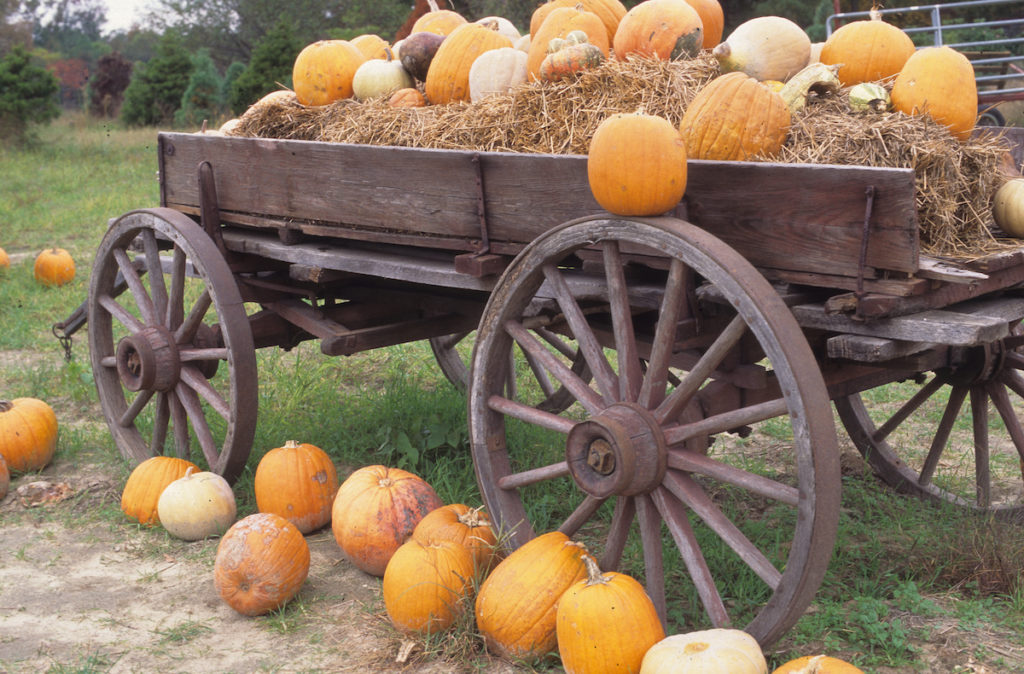Pumpkins
go.ncsu.edu/readext?629872
en Español / em Português
El inglés es el idioma de control de esta página. En la medida en que haya algún conflicto entre la traducción al inglés y la traducción, el inglés prevalece.
Al hacer clic en el enlace de traducción se activa un servicio de traducción gratuito para convertir la página al español. Al igual que con cualquier traducción por Internet, la conversión no es sensible al contexto y puede que no traduzca el texto en su significado original. NC State Extension no garantiza la exactitud del texto traducido. Por favor, tenga en cuenta que algunas aplicaciones y/o servicios pueden no funcionar como se espera cuando se traducen.
Português
Inglês é o idioma de controle desta página. Na medida que haja algum conflito entre o texto original em Inglês e a tradução, o Inglês prevalece.
Ao clicar no link de tradução, um serviço gratuito de tradução será ativado para converter a página para o Português. Como em qualquer tradução pela internet, a conversão não é sensivel ao contexto e pode não ocorrer a tradução para o significado orginal. O serviço de Extensão da Carolina do Norte (NC State Extension) não garante a exatidão do texto traduzido. Por favor, observe que algumas funções ou serviços podem não funcionar como esperado após a tradução.
English
English is the controlling language of this page. To the extent there is any conflict between the English text and the translation, English controls.
Clicking on the translation link activates a free translation service to convert the page to Spanish. As with any Internet translation, the conversion is not context-sensitive and may not translate the text to its original meaning. NC State Extension does not guarantee the accuracy of the translated text. Please note that some applications and/or services may not function as expected when translated.
Collapse ▲Halloween and Thanksgiving are definitely pumpkin season. Harvest is done and pumpkins are displayed at roadside stands, farmer’s markets, and grocery stores everywhere. Pumpkins were a cultivated crop for native Indians and offered as gifts to the Pilgrims. Their popularity spread around the world and today they are grown on every continent except Antartica.
Pumpkins are a member of the cucurbit family which includes cucumbers, squash, gourds, and watermelons. During the past fifty years, the greater majority of pumpkins were grown to decorate the front stoop at Halloween, rather than for food. Hybridized pumpkins developed for carving needed more upright, tough walls and are too stringy to be really tasty. The Howden pumpkin, developed in the 1960s, has a harder skin better suited for carving and has long been considered the number one commercially grown pumpkin.
Today the public is ever more mindful of healthy, nutritious eating. We are seeing a return to growing more varieties of pumpkins for food. Pumpkins are known to be a wonderful source of antioxidants, high in fiber, low in sodium and contain numerous vitamins and minerals. With the surging popularity, we can find pumpkin soups, pies, muffins, bread, scones, cookies, ice cream, syrup, and yes, pumpkin spice coffee concoctions! Pumpkin is even being used in some trendy lasagna recipes.
The variety of pumpkins found in seed catalogs is amazing. You can find them in every size from very small at three inches and less than a pound, to seeds for growing giant pumpkins for those who like to compete at county and state fairs.
Visiting a pumpkin patch, picking apples, and finding your way through a corn maze can become a wonderful family tradition. To find one near you, visit Pumpkin Patches and More.
This has been Debbie Dillion reporting for N.C. Cooperative Extension of Union County.





